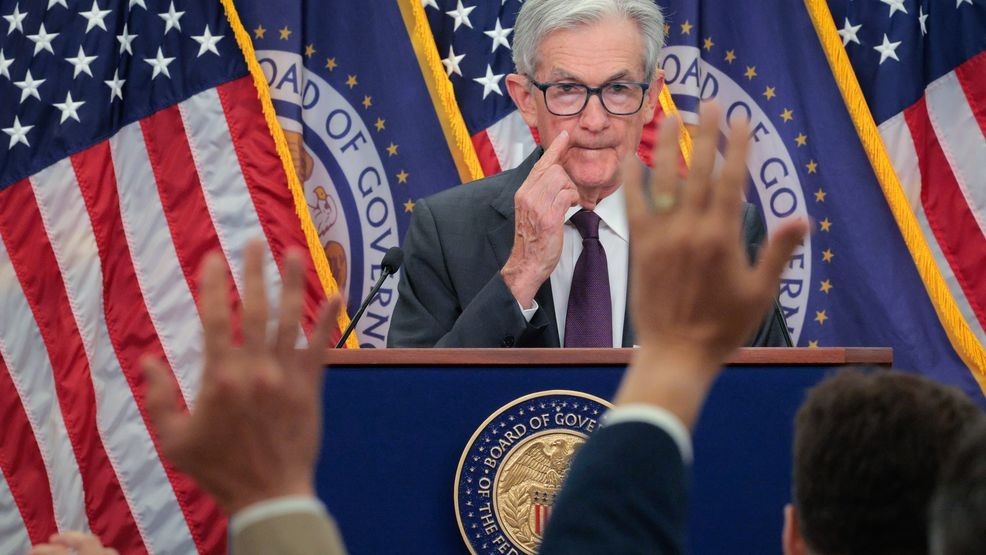WASHINGTON (TNND) — In one of the most scrutinized – but least surprising – monetary policy decisions in recent memory, the Federal Reserve announced Wednesday it will hold interest rates steady for now.
Nine of the 12 voting members of the Federal Open Market Committee voted in favor of the decision, marking the first time in more than 30 years that more than one Federal Reserve governor dissented with the outcome. As expected, Governors Michelle Bowman and Christopher Waller, who have expressed concern about what they perceived as signs of weakness in the labor market, preferred to lower the federal funds rate by a quarter point. The twelfth member was Adriana Kugler, who was absent and did not vote.
Powell has been under immense political pressure from President Donald Trump and his allies in recent months to cut interest rates, with attacks intensifying in recent weeks over the renovation of two Federal Reserve buildings in Washington. Though Powell cannot unilaterally lower rates, Trump has squarely blamed him for the unchanged policy, giving him the moniker “Too Late.”
“We have a lot of money coming in and we have no inflation and we’re very strong and we should be lowering the rates,” Trump told reporters at a bill signing just minutes before the Fed’s announcement.
Earlier this summer, Powell said his colleagues had been ready to cut rates before they saw increased inflation forecasts based on Trump’s broad tariff policies. On Friday, universal tariffs are set to multiply, and just hours after Wednesday’s rate decision, Trump formally declared 50% tariffs on copper, also to begin Friday.
Powell said survey data tells them “companies feel that they have every intention of putting this through to the consumer, but you know, the truth is, they may not be able to in many cases.”
I think we’ve learned that the process will probably be slower than expected at the beginning, but we never expected it to be fast, and we think we have a long way to go to really understand exactly how we’ll be,” Powell said.
In June, the Consumer Price Index was 2.7% over 12 months, just north of the Fed’s 2% target. Their north star for gauging inflation, the Commerce Department’s core Personal Consumption Expenditures Price Index was 2.7% in May; June’s data will be released Thursday.
Before the Fed’s announcement came the release of a better-than-expected advanced second quarter GDP estimate showing the economy grew at an annual rate of 3%, a strong rebound from a 0.5% shrink in the first quarter.
Powell and his colleagues are looking at trends instead of taking stock in a single report or quarter.
“GDP rose at a 1.2% pace in the first half of this year, down from 2.5% last year. Although the increase in the second quarter was stronger at 3%, focusing on the first half of the year helps smooth through the volatility in the quarterly figures related to the unusual swings in net exports,” Powell said.
Before Wednesday, investors thought there was a solid chance the Fed would start cutting rates at the end of its next meeting in September.
“This is an intervening period when we’ll get two full rounds of employment and inflation data before the time of the September meeting. We have made no decisions about September,” Powell said. “We don’t do that in advance. We’ll be taking that information into consideration and all the other information we get as we make our decision at the September meeting.”

